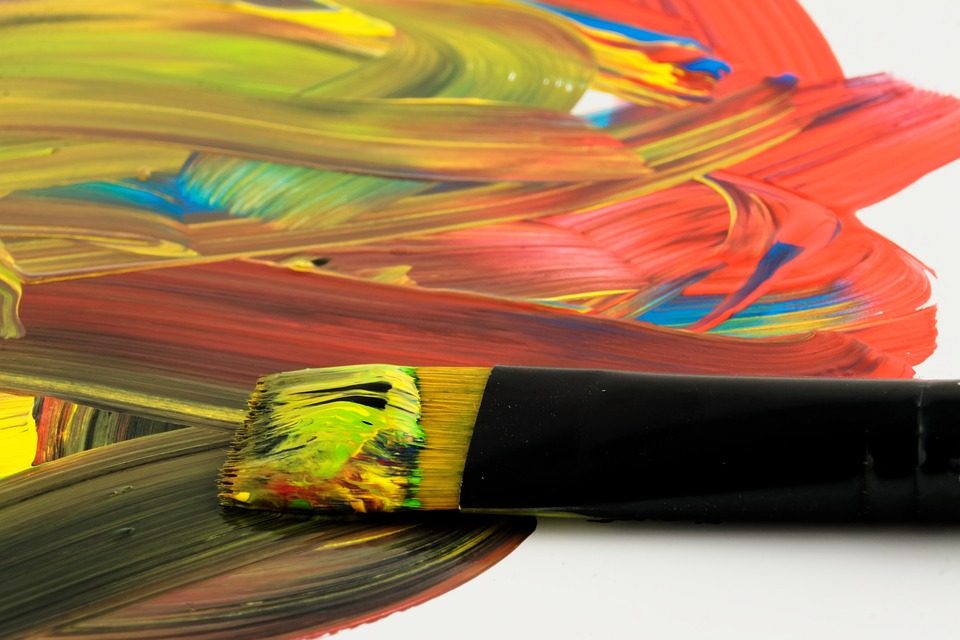Tempera painting is one of the oldest techniques that was used for painting. The beginning of its use dates back to the beginning of time, but temperament gained widespread in Byzantium. This type of painting got its name from the name of the paint, i.e. tempera paint.
3 main techniques with tempera paint
The technique of tempera painting is an extremely complex process that gives good results in the finale. Regardless of the type of tempera, artists use three types of painting:
- Underpainting
- Lazurization
- Underpainting-lazurization,
Let’s talk about each of them in two words.
Underpainting Technique
The underpainting is a painting system consisting of the gradual application of light and shadow to a picture, and sometimes vice versa. With this method, the tempera looks like oil paint but it’s more intense and less boring in appearance. For such a technique, casein tempera is the most suitable. The thing is that the paint must have a strong binder to varnish the finished work.
In addition to the base, emulsions should also be applied by the painting technique – a low absorbent greasy solution. It’s worth noting that the picture with such tempera painting technique is varnish to protect against moisture, unlike oil painting. It should be borne in mind that the varnish layer should not be too thick, because you can darken the picture, and can also emphasize all the inequalities of the picture.
Lazurization Technique
Lazurization is a technique that is somewhat similar to the way of working with watercolors. It’s based on the creation of paintings using transparent tones, which are superimposed layer upon layer. The paintings made by tempera in the technique of lapis lazuli are significantly different from the works that were created using the underpainting method.
In this case, you can use all types of emulsions that are soluble in water, given that both the substrate and the solution must be absorbents. The absorbing property of the latter allows to securely fix the lower layers of paint. This painting method can be technologically used both to achieve the effect of glaze and to create opaque layers. This technique is used mainly in the decoration of walls, posters, designs, and sketches.
Underpainting-lazurization,
Underpainting-lazurization is a mixed (combined) technique. This is the most common way of painting with tempera. It combines the two previous methods of painting. The first application is carried out using an opaque paint layer, while the remaining tones of the image are complemented by glazed or translucent layers.
Here it’s worth recalling the old principle, which takes care of the aesthetics of the work – a place with warm earth should be cold – and vice versa. This is an interesting technique that relies on a combination of under-temperament painting and painting final finishing. It is worth remembering that such a technique is far from new, even if its second revival fell on the twentieth century, but the first mention of it is in records dated as far back as the fifteenth century. A mixture of two techniques provides several interesting possibilities. The first layer of tempera should be applied relatively quickly, it also dries quickly, which can not be afforded when working with oil.
